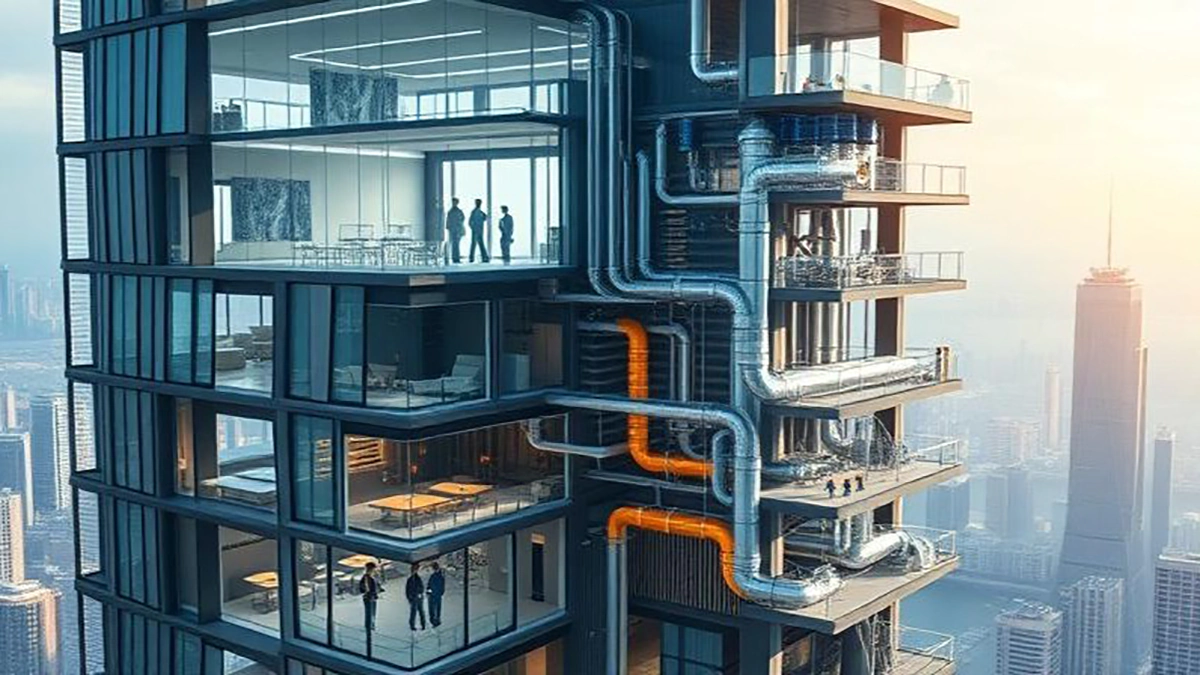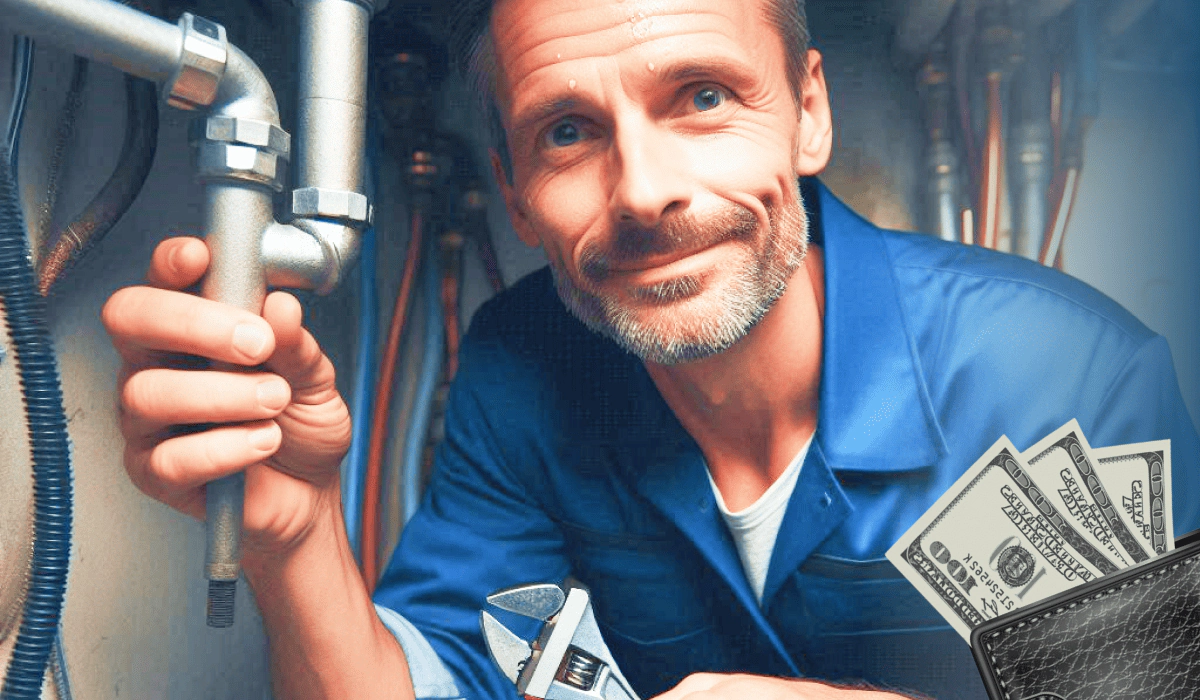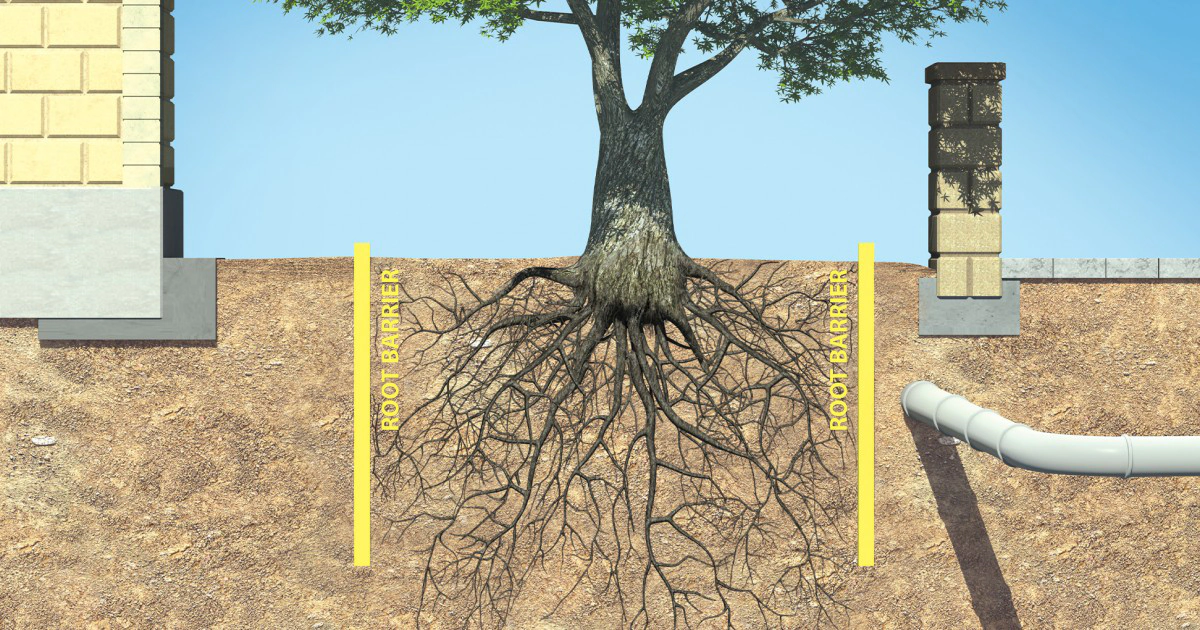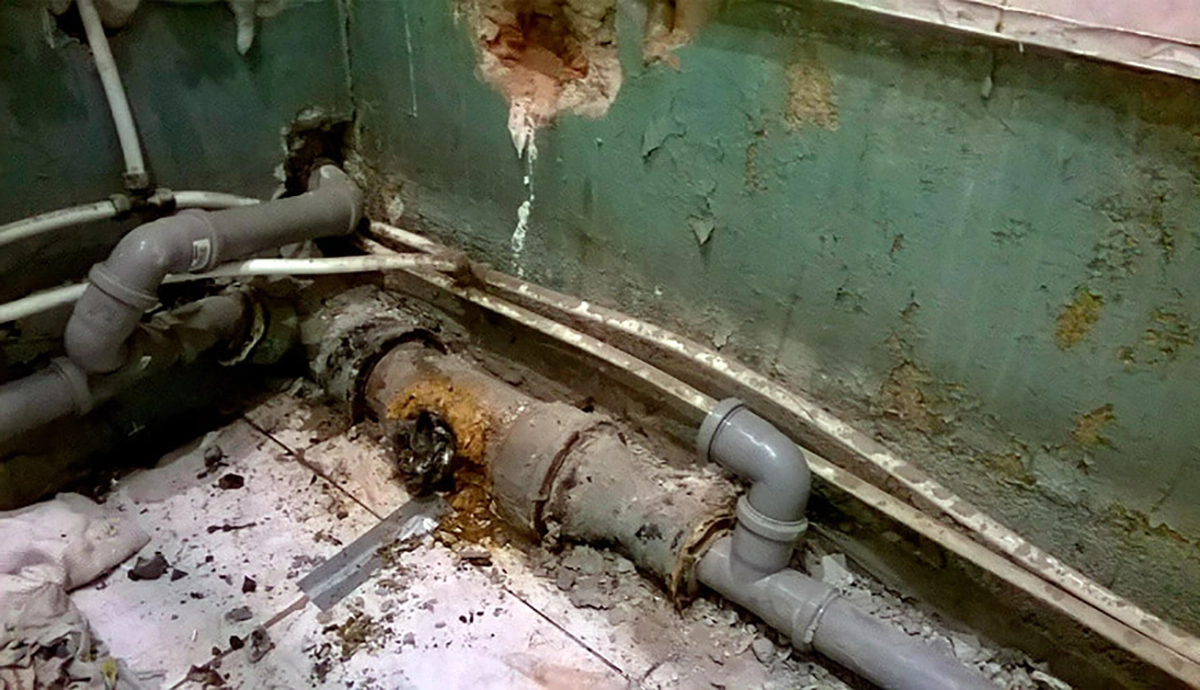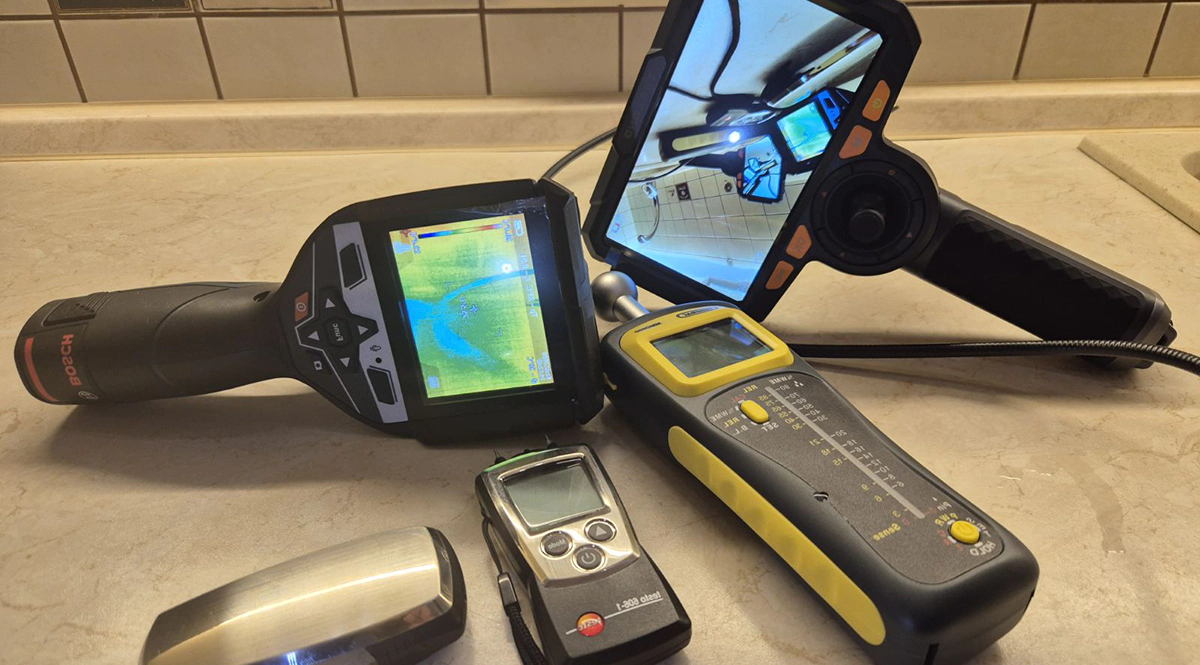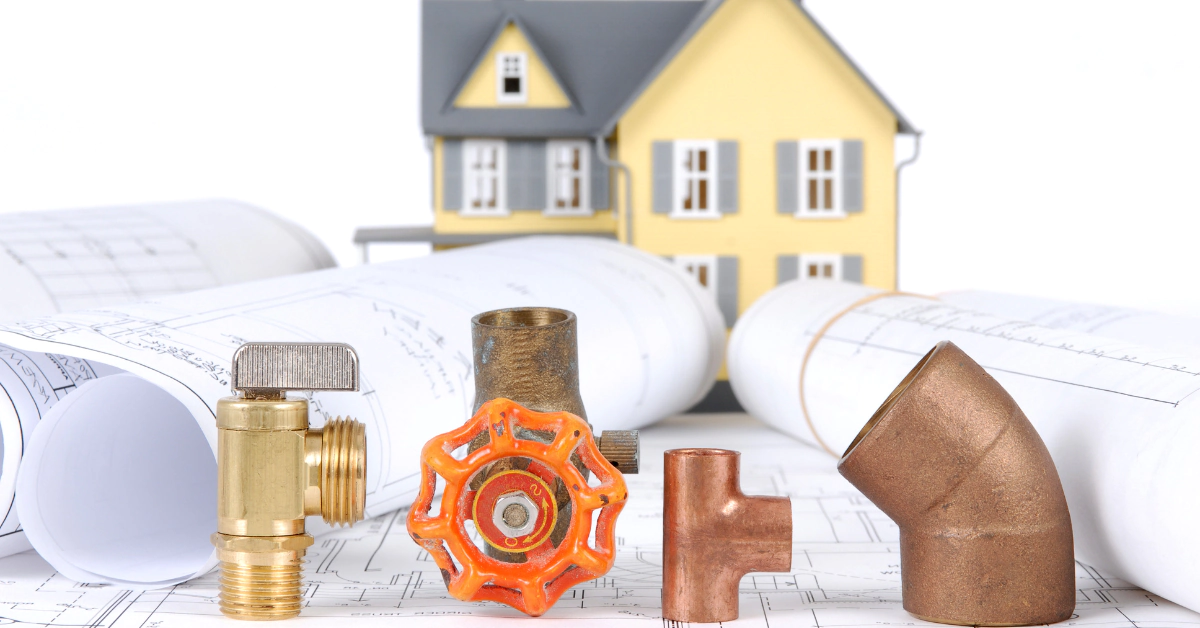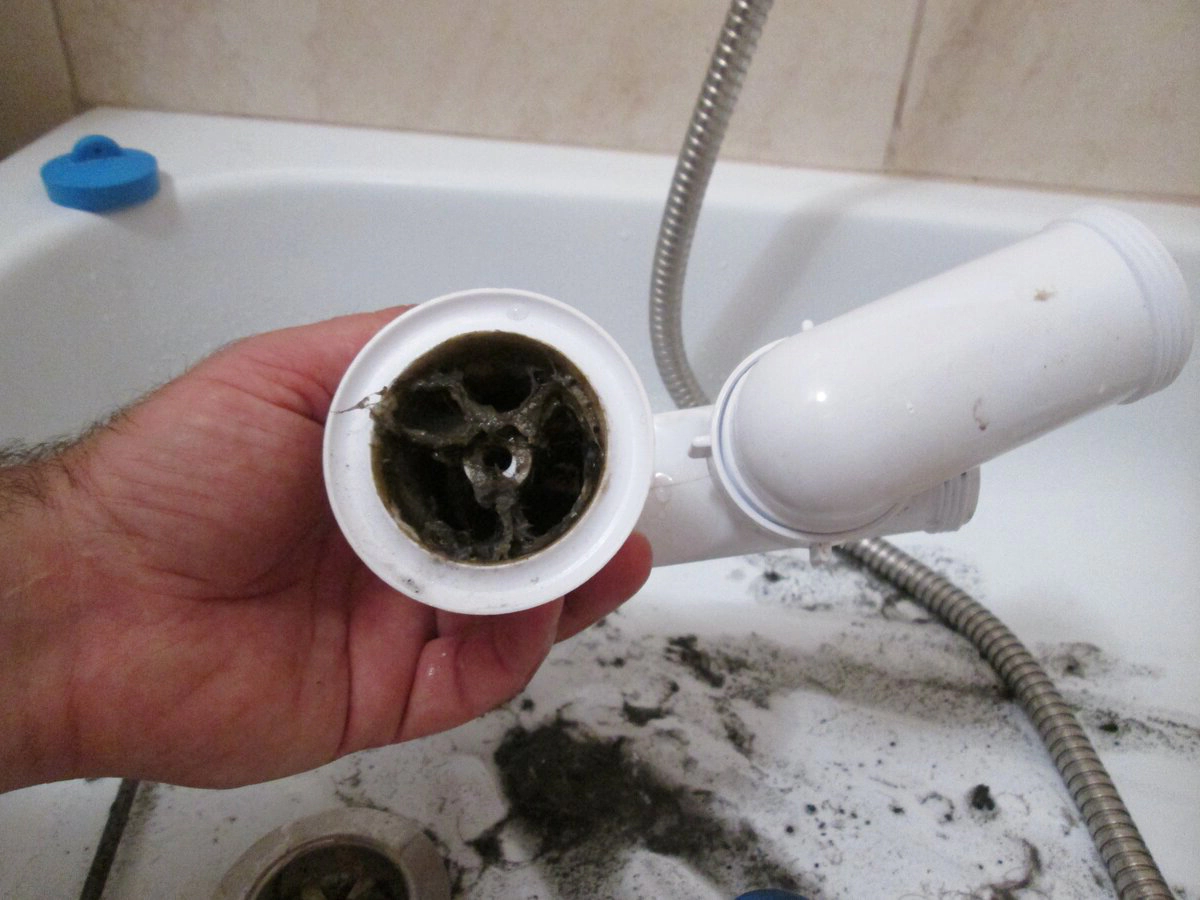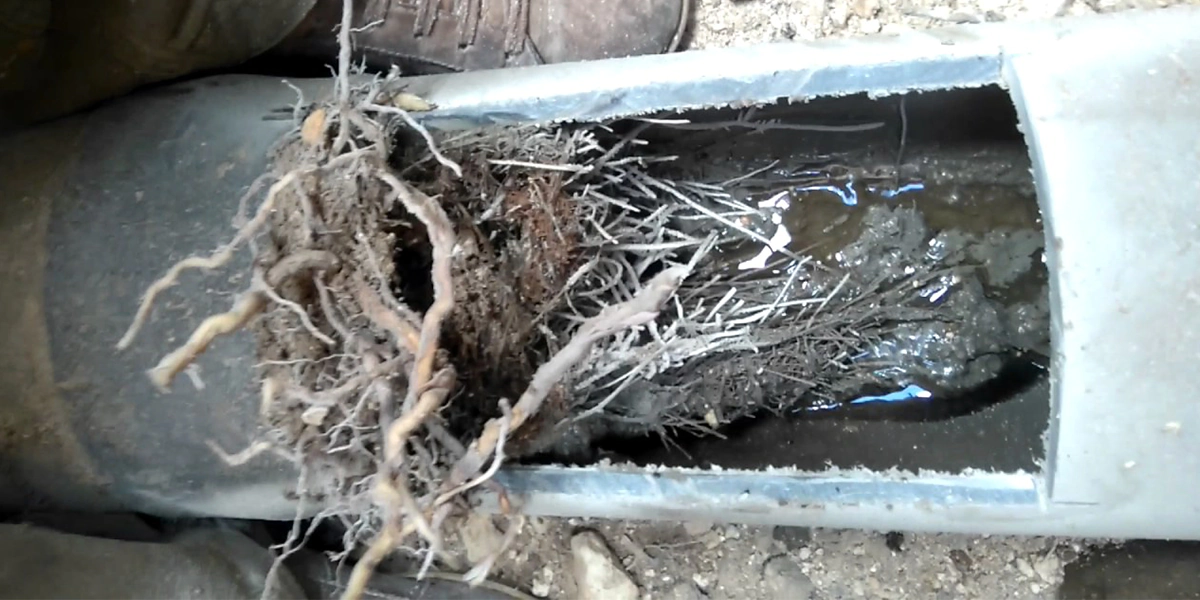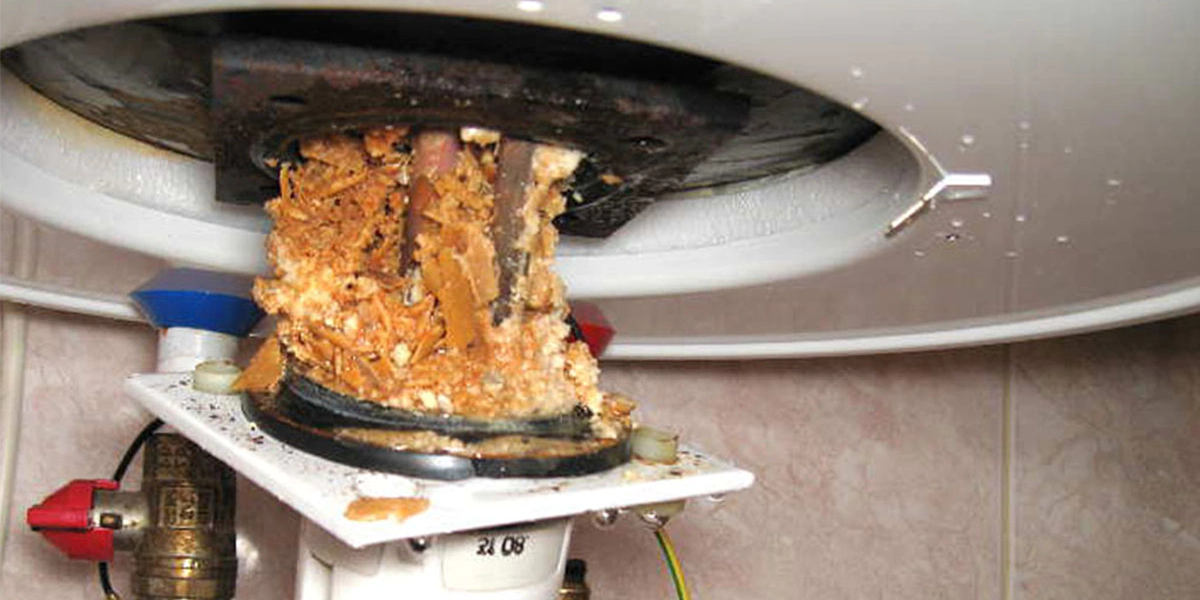Managing plumbing systems in apartments, condos, and high-rise complexes is far more complicated than in single-family homes. Shared pipes, drainage stacks, and water supply lines mean that even a minor leak can affect multiple households within minutes. Property managers in Toronto must balance preventive care, quick repairs, and long-term upgrades to keep these systems reliable.
Understanding Multi-Unit Plumbing Systems
In a multi-unit building plumbing Toronto setup, water and drainage are shared across dozens of units. Unlike single-family homes, where pipes serve only one household, apartments and condos rely on interconnected vertical and horizontal networks. This means that even small defects can quickly affect many residents.
A typical system in high-rise and apartment buildings includes several critical components:
- Vertical risers – supply water from the basement to upper floors and distribute it through branch lines.
- Drainage stacks – carry wastewater downward, connecting all units into a shared sewer line.
- Pressure pumps and regulators – stabilize water pressure, ensuring that tenants on higher floors receive the same flow as those below.
- Shut-off valves – installed on each floor or section to allow quick isolation of leaks without cutting water to the entire building.
- Ventilation pipes – prevent vacuum formation in drains and reduce the chance of clogs or unpleasant odors.
Because everything is interconnected, plumbing issues high-rise Toronto properties face often spread beyond a single apartment. For managers, having a clear map of the system and scheduling professional inspections helps prevent disruptions and minimize repair costs.
Common Plumbing Problems in Multi-Unit Properties
Multi-unit buildings face unique plumbing challenges because multiple households depend on the same system. When issues arise, they tend to spread quickly and disrupt daily life for many residents at once. Identifying the most frequent problems helps managers address them early and keep the building’s water and drainage system reliable.
Low Water Pressure
Tenants on higher floors often complain about weak water flow. In many cases, pumps or pressure regulators are undersized for the building’s demand. Installing booster systems and maintaining valves ensures consistent delivery throughout the tower.
Leaks
Leaks are among the most disruptive apartment plumbing repair Toronto issues. A pipe dripping behind a wall can damage ceilings below and quickly lead to disputes between neighbors. Using moisture detection sensors and scheduling annual pipe inspections can prevent widespread damage.
Clogged Drains
Grease, wipes, and food debris often accumulate in shared stacks. These plumbing problems in high-rise buildings cause backups that affect dozens of units. Professional hydro jetting on a set schedule keeps common drains clear.
Sewer Backups
Basement overflows and sewer backups are costly emergencies. In older Toronto buildings, tree roots and collapsed pipes are frequent causes. Coordinating with licensed specialists who offer camera inspections helps identify weaknesses before they lead to flooding.
Condo Plumbing Issues and Responsibilities
Condo plumbing issues Toronto are complex because ownership is divided between individual residents and the condo board. Common condo plumbing problems include leaking risers, shared drain clogs, and inconsistent hot water supply. Determining who pays for repairs often depends on whether the problem originates in common property or within a unit. Clear communication and a well-defined maintenance policy reduce conflicts and speed up resolution.
Preventive Maintenance in Multi-Unit Buildings
Proactive care is the most effective way to avoid costly breakdowns. Preventive programs should include:
- Regular inspections of risers, pumps, and water heaters.
- Scheduled drain cleaning to avoid recurring blockages.
- Water pressure monitoring to detect irregularities early.
- Leak detection technology in mechanical rooms and basements.
For managers, investing in maintenance saves money in the long run by extending the life of plumbing infrastructure and minimizing emergencies.
Emergency Response Plans for High-Rises
Plumbing failures in tall buildings escalate quickly. Every property manager should have a clear emergency plan that includes:
- Knowing the location of main shut-off valves.
- Training staff to act immediately when leaks or floods occur.
- Informing tenants about emergency reporting procedures.
Rapid response prevents localized issues from spreading across multiple floors and reduces repair costs.
Modern Upgrades and Renovations
Aging buildings in Toronto often struggle with outdated copper or cast-iron pipes. Upgrading to PEX or PVC can significantly reduce leaks and improve efficiency. Large-scale projects such as back to base building installations help modernize entire complexes while ensuring code compliance. Though expensive upfront, these upgrades lower long-term repair bills and increase property value.
Educating Residents to Prevent Plumbing Problems
The reliability of plumbing in multi-unit buildings is not only the responsibility of property managers and service companies. Everyday habits of tenants have a direct impact on how often clogs, leaks, and backups occur. When residents understand what can and cannot go down the drains, many emergencies can be avoided.
Effective strategies include:
- Providing clear written instructions when tenants move in.
- Placing signs near sinks, laundry areas, and garbage rooms reminding residents not to dispose of grease, wipes, or harsh chemicals through drains.
- Organizing occasional building-wide notices or newsletters about proper plumbing care.
By promoting awareness, managers reduce the number of unnecessary calls for minor blockages and extend the life of the shared drainage system. This cooperative approach saves money for both the property owner and the residents while keeping the building’s plumbing running smoothly.
Cost and Budgeting for Multi-Unit Plumbing
Maintaining plumbing in large complexes is a significant budget line. Property managers should:
- Set aside funds for routine maintenance and emergencies.
- Consider service contracts with providers offering 24/7 response.
- Balance short-term repair costs against the value of full replacements.
Working with specialists in commercial plumbing services ensures predictable expenses and reliable outcomes.
Professional Help for Complex Systems
Not every issue can be solved internally. Partnering with experts in high and low-rise plumbing solutions provides access to advanced diagnostics, large-scale repairs, and system upgrades. Professional contractors also ensure compliance with municipal codes, reducing liability for building owners.
Conclusion
Handling plumbing in apartments, condos, and high-rise properties requires proactive planning, quick response, and cooperation between tenants, managers, and professionals. From leaks and clogged drains to backflow prevention and major replacements, every system needs regular attention. By combining preventive maintenance with expert support, Toronto property managers can reduce emergencies, extend system life, and keep residents satisfied.
FAQ
Shared risers and sewer stacks mean a single clog or leak can affect dozens of apartments, requiring coordination between tenants and building management.
Laundry rooms and shared drains. Improper disposal of wipes, grease, or lint buildup causes recurring clogs in multi-unit building plumbing Toronto.
Not always, but the need for specialized equipment, pressure regulators, and access to multiple units often increases labor costs.
By scheduling preventive maintenance, educating tenants about proper usage, and installing backflow devices or strainers in shared areas.
Yes. Plumbing issues in high-rise Toronto often involve inconsistent pressure on upper floors due to pump or regulator malfunction.
Older multi-unit buildings often lack modern venting or backflow prevention, which makes systems more prone to clogs and leaks.
It depends on the location of the problem. Issues inside a unit are usually tenant/owner responsibility, while shared stacks and risers are handled by management.
